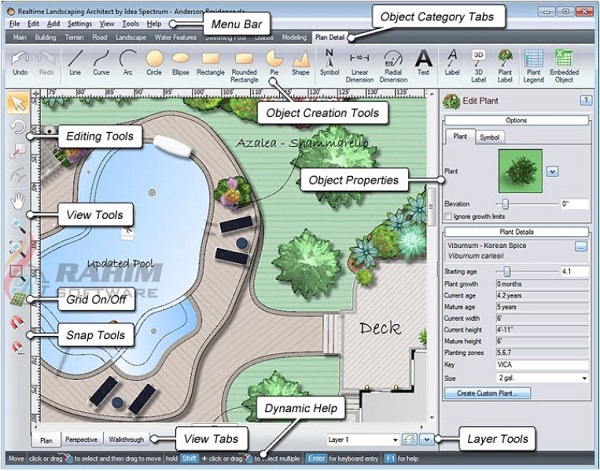

The only downside is that Archive Utility has only these two functions – compressing and decompressing. Moments later, the archive will be unzipped. You simply right-click the zip archive, choose “Open with” and then select Archive Utility. If you want to unzip your files, the process is, all the same, just reversed. Moreover, the zip file will be automatically called Archive.zip and will be stored in the same folder as the files you were compressing. Instead of showing a name of file or folder that is being compressed, in the pop-up menu, the word Compress will be followed by the number of items that are being selected. When compressing multiple items, the process is about the same, with only a few minor differences. You can quickly zip and unzip files and folders, to send to your friend or upload to Dropbox.Īrchive Utility can easily zip single files and folders, by right-clicking it and choosing Compress function. Archive Utility has the basic file compression functionality. The common way to zip and unzip files is by using your Mac’s Archive Utility, which can be accessed through Applications > Utilities folder. In this article, we’ll cover best zipping and unzipping options available for your Mac. You can use built-in utilities, Terminal or third-party apps.

Have you ever opened a zip file on Mac? Do you know the best way to do that? There are three main methods for it. If you’re running windows, there’s no big of a deal, unzipping the files. Moreover, zip files are very useful, when sending emails using Google Mail, because there’s a limited amount of space that is allowed to be sent. Maybe your friend sends you a zipped archive of photos of the party you were in last week or maybe your colleague sends you a file of documents. From time to time, we have to deal with zip files in our day-to-day work.


 0 kommentar(er)
0 kommentar(er)
